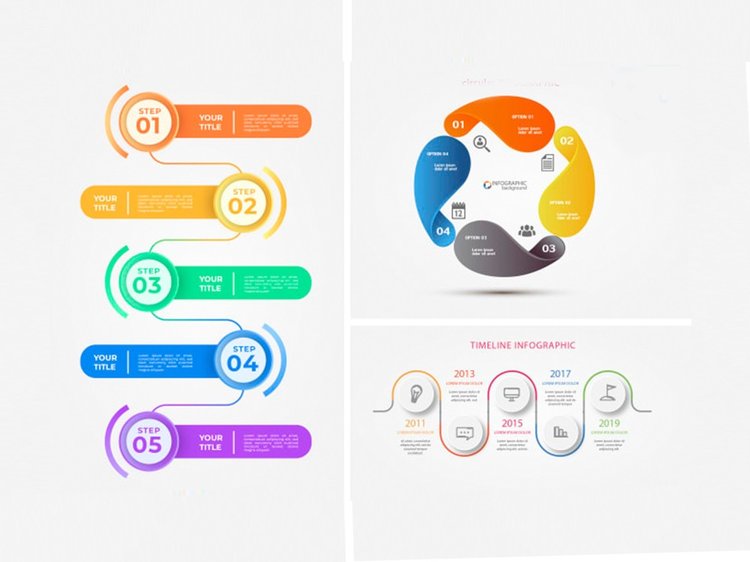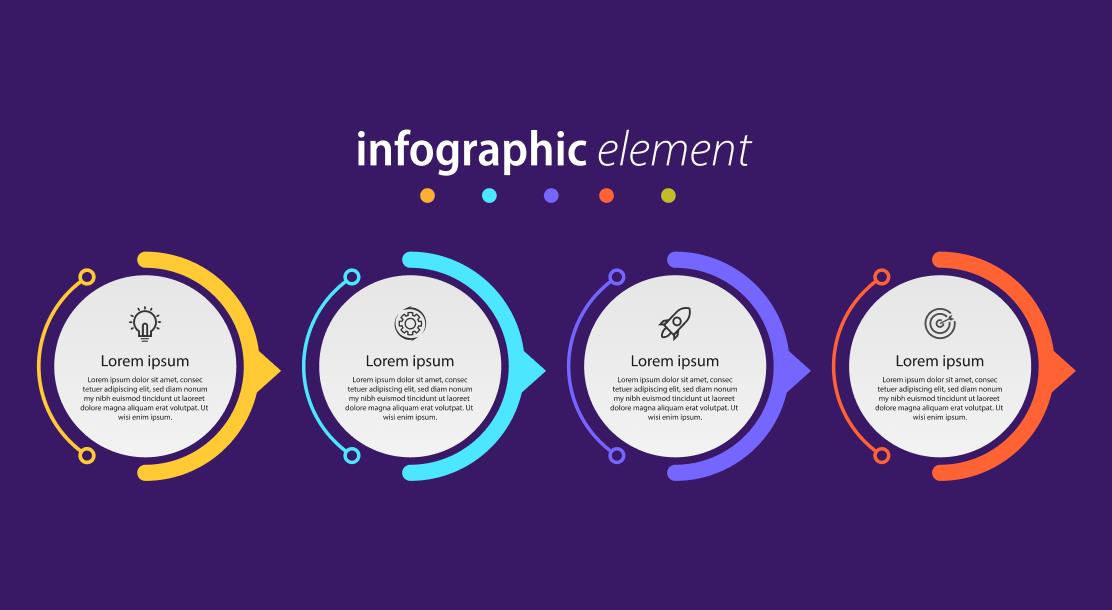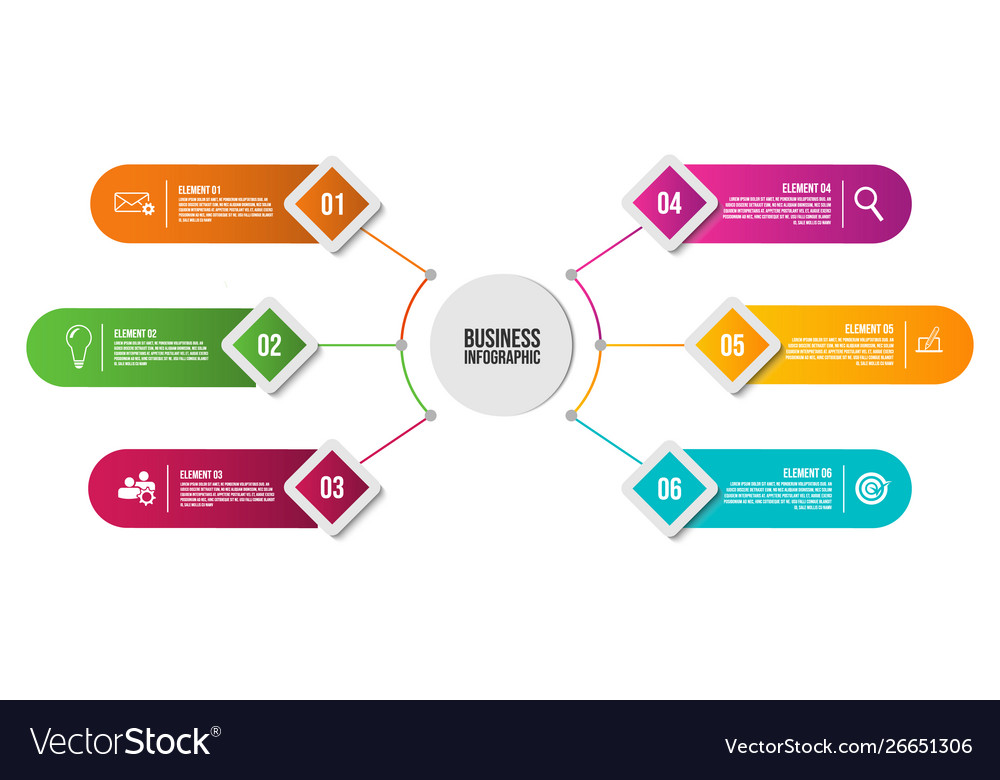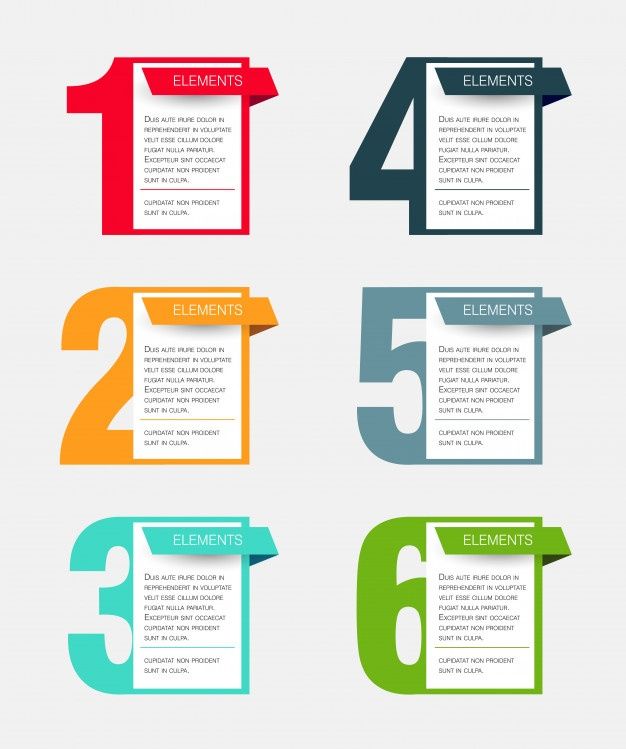
Visual data, specifically infographics, offer a compelling avenue to raise social awareness. This article showcases seven powerful infographics that illuminate pressing global issues - from climate change to racial disparities.
These graphic illustrations not only present complex data in an accessible format, but also inspire action towards creating a more equitable world. Discover how innovative representation of data can influence perceptions and stimulate critical conversations around these pertinent social challenges.
The Role of Infographics in Raising Social Awareness
The crucial role of infographics in raising social awareness cannot be underestimated, as they serve as an effective and engaging tool for conveying complex data and messages to the public.
Infographic credibility is paramount in this process. Authentic, reliable sources lend credibility to infographics, ensuring that the information they convey is trustworthy and impactful.
Moreover, the innovative design of infographics guarantees infographic accessibility. By presenting data visually, infographics transcend language barriers and cater to diverse learning styles, making information accessible to a wider audience.
Infographics, therefore, stimulate intellectual curiosity, foster understanding, and inspire action on important social issues.
Harnessing the power of infographics is a progressive step towards a more informed, socially aware society.

Exploring the Impact of Global Warming Through Infographics
Infographics serve as a compelling tool to communicate the complex realities of global warming in an accessible manner. By visually representing data, they can influence public perception and awareness about this critical issue.
Let's explore how the analysis of global warming infographics can shed light on its impact and aid in driving societal change.
Global Warming Infographics Analysis
With the aid of compelling infographics, we can delve into the profound implications of global warming on our planet and its ecosystems. Infographic design techniques play a crucial role in presenting this complex data in a visually appealing and comprehensible manner, thereby enhancing infographic audience engagement.
Infographics can effectively illustrate:
- The escalating levels of greenhouse gases contributing to global warming.
- The correlation between human activity and the increase in global temperatures.
- The detrimental effects of global warming on various ecosystems.
- The predicted future scenarios if immediate and substantial actions are not taken.
Through the innovative use of infographics, we can foster a greater understanding and awareness of global warming, encouraging individuals and communities to take action towards a more sustainable future.
Infographics' Influence on Awareness
Remarkably, infographics have transformed the way we perceive and interpret global warming data, and they have become an influential tool in raising social awareness about this critical issue.
The process of infographic creation, which merges visual literacy with statistical data, has the power to depict the severity of global warming in a manner that is both comprehensible and impactful.

By presenting complex climate change metrics in visually appealing and digestible formats, infographics encourage viewers to engage, understand, and act.
They create a direct, unambiguous narrative that highlights the urgency of the global warming crisis.
Thus, the innovative use of infographics not only amplifies our understanding of the problem but also motivates us to become part of the solution.
The Power of Visual Data in Understanding Gender Inequality
Although gender inequality remains a pervasive issue worldwide, the power of visual data can profoundly enhance our understanding of its scale and impact. Infographics, driven by visual literacy, can dismantle gendered stereotypes and illustrate the real picture of gender disparities.
Visual data can highlight gender gaps in areas like education, pay, and political participation, driving home the urgency of intervention.
Infographics can expose subconscious biases and challenge gendered stereotypes, prompting introspection.
By presenting complex data in an accessible way, visual literacy empowers everyone to participate in the conversation about gender inequality.

Infographics can propel policy changes by providing compelling evidence of gender disparities.
Harness the power of visual data, stimulate social change, and contribute to a more equitable future.
Infographics: Unraveling the Complexities of Racial Disparities
Infographics can be a potent tool in demystifying the complex intricacies of racial disparities. By deconstructing dense statistical data into easily digestible visual formats, they have a profound impact on our perception of these issues.
The effectiveness of infographics in creating social awareness about racial disparities is undeniable, prompting us to reflect on these social issues and inspiring us to take action.
Visualizing Racial Disparity Data
Over the course of recent years, infographics have emerged as a potent tool for visualizing and understanding the complex data associated with racial disparities. They address data interpretation challenges through the application of infographic design principles, facilitating a more accessible and comprehensive understanding of the issues at hand.
Infographics use visual cues to simplify complex racial disparity data, making it more comprehensible. They allow for greater engagement, sparking conversations and prompting action towards equality.
By harnessing design principles, they can highlight often overlooked aspects of data, spotlighting the depth of racial disparities. Infographics can effectively distill large volumes of data into digestible visuals, offering a fresh perspective on traditional data interpretation.

Let's leverage the power of infographics to illuminate, educate, and inspire change in our societies.
Infographics: Impact on Perception
Regularly employed and well-executed, these visualization tools not only serve as simplifiers of complex data, but also significantly alter our perception of racial disparities. Infographics, particularly those that engage in data visualization, can be a powerful means of perception alteration.
By presenting data in a visual and digestible format, they can help unpack the complexities of racial disparities, promoting a deeper understanding of the issues at hand. This innovative approach to data presentation not only educates but also inspires action, by challenging prevailing biases and stereotypes.
The use of color, imagery, and design in infographics can evoke emotions, further impacting perceptions. In this way, infographics can be transformative in raising social awareness and fostering a more equitable society.
Effectiveness of Infographics
The effectiveness of these visual tools in unraveling the complexities of racial disparities is indisputable, and their strategic use can significantly increase social awareness and promote understanding.
Infographics, when designed with the right principles and considering accessibility issues, can effectively translate complex data into easily digestible visual narratives that can stimulate conversations, influence perspectives, and inspire action.
Infographic Design Principles: Use of color, typography, and layout to enhance readability and comprehension.

Infographic Accessibility Issues: Ensuring content is accessible to all, including those with visual impairments or cognitive disabilities.
Racial Disparities: Visualizing data to highlight systemic racial inequities in various sectors like education, health, and employment.
Social Impact: Use of infographics to raise awareness, stimulate dialogue, and inspire action towards racial justice.
In this era of digital communication, infographics are a powerful tool for social innovation.
How Infographics Help Foster a Better Understanding of Mental Health Issues
Utilizing infographics to demystify and promote mental health awareness has proven to be a highly effective method in recent years. These therapeutic infographics are reshaping the conversation around mental health stigma, offering an innovative approach to a complex topic.
Infographics are not only engaging but also simplify intricate information, making it accessible to a broader audience. They create a visual narrative allowing people to grasp the realities of mental illness, thus fostering empathy and understanding.
In addition, they serve as a potent tool in therapeutic settings, enabling clinicians to communicate more effectively with their clients.

As we progress in the digital age, the use of infographics in combating mental health stigma will continue to be an indispensable tool for social awareness.
The Influence of Infographics on Perception of Poverty
Drawing on the power of visual storytelling, infographics break down the complex realities of poverty, and in doing so, they challenge and reshape public perceptions. By presenting poverty through data storytelling, infographics provide a fresh perspective, termed Visual Poverty, that promotes empathy and understanding.
- Visual Poverty compels viewers to reflect on the stark disparities that exist.
- Infographics offer a clear, compelling narrative that words often fail to capture.
- They enable viewers to grasp the depth and breadth of poverty more intuitively.
- They help policymakers and stakeholders see the importance of poverty alleviation.
Infographics have transformed the way we perceive poverty, stimulating innovative thought and action. They serve as a powerful tool for social awareness, turning abstract numbers into impactful stories.
Using Infographics to Breakdown the Refugee Crisis
Through the lens of infographics, complex issues such as the refugee crisis can be simplified and made more comprehensible, and this visual form of communication, in turn, has the potential to foster empathy and drive meaningful action.
Infographics can vividly illustrate refugee journeys, capturing the perilous treks and immense distances covered. These visual narratives can convey the sheer scale of the crisis, and help viewers empathize with the human beings behind the statistics.
However, it is vital to acknowledge infographic limitations. They can oversimplify complex issues and inadvertently depersonalize the crisis.
Nonetheless, when used thoughtfully and innovatively, infographics can be a powerful tool to raise awareness and galvanize action towards the refugee crisis.

Frequently Asked Questions
Popular software tools for creating infographics, especially in the context of business promotion and education, include Adobe Illustrator, Canva, Piktochart, and Venngage. These platforms foster innovation and engagement through visually compelling data representation.
How Can I Learn to Create Infographics Myself?
To learn infographic creation, pursue online courses focusing on infographic inspiration and data visualization techniques. Platforms like Coursera and LinkedIn Learning offer comprehensive tutorials on such topics, fostering an innovative, self-driven learning experience.
Can Infographics Be Used to Raise Awareness About Other Issues Not Mentioned in This Article?
Absolutely, infographics' limitations are few. They can effectively communicate complex issues, transcending cultural and linguistic barriers. However, care must be taken to avoid misuse, such as infographics becoming vehicles for propaganda.
Are There Any Notable Case Studies Where Infographics Have Drastically Changed Public Opinion?
Indeed, infographics have demonstrated significant impact in shifting public opinion. One noteworthy instance is the 'Plastic Soup' infographic, which used visual persuasion to raise awareness about ocean pollution, thereby altering perceptions globally.
How Can I Share or Distribute My Infographics to Reach a Wider Audience?
To reach a wider audience with your infographics, consider employing Infographic SEO strategies and conducting a target audience analysis. This approach will boost visibility, ensure content relevancy, and enhance engagement with the intended demographic.
 Digital Art InstructionDIY Infographics DesignMobile Game ArtworkPersonalized Logo Design3D AnimationeBook Covers DesignPrivacy PolicyTerms And Conditions
Digital Art InstructionDIY Infographics DesignMobile Game ArtworkPersonalized Logo Design3D AnimationeBook Covers DesignPrivacy PolicyTerms And Conditions
